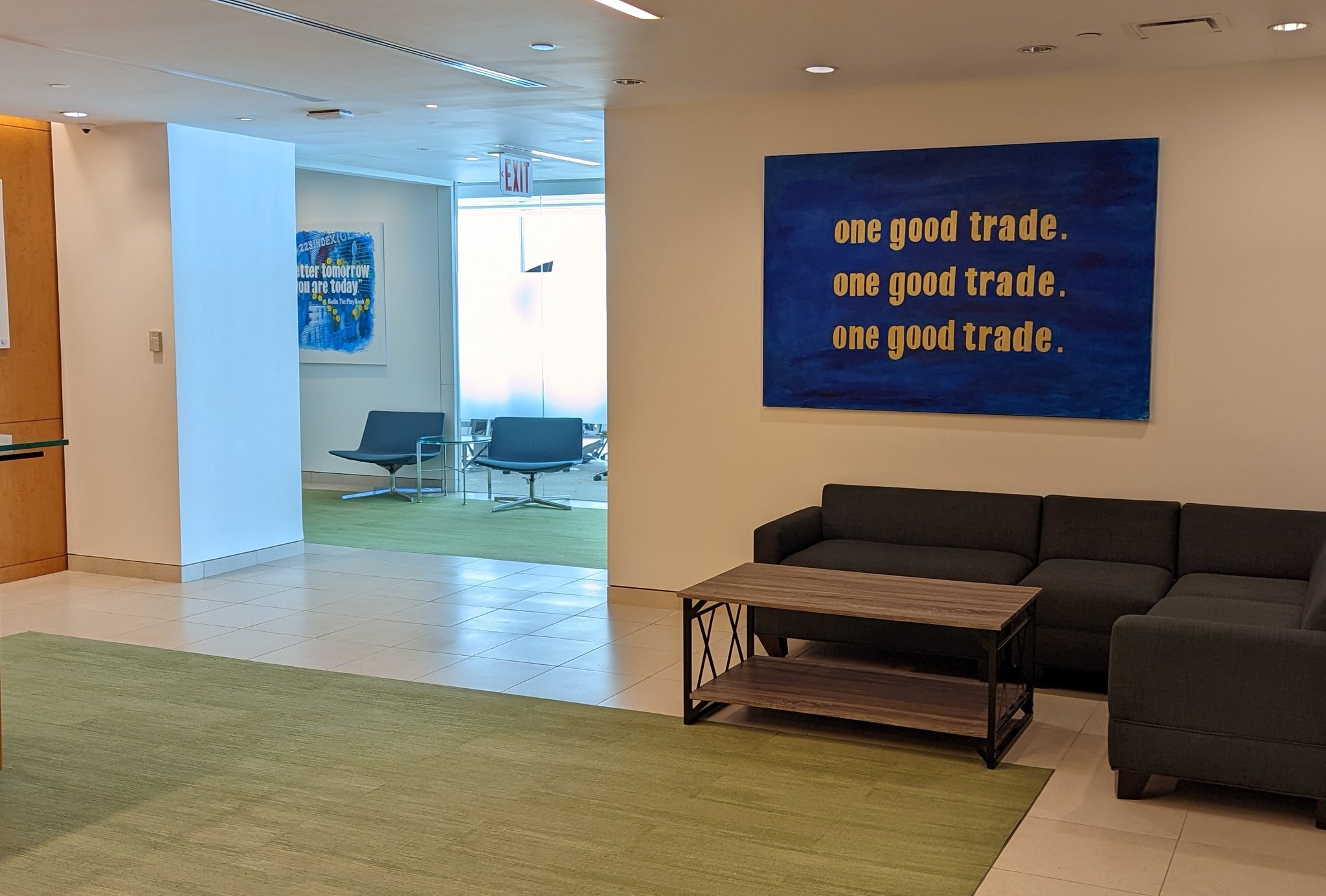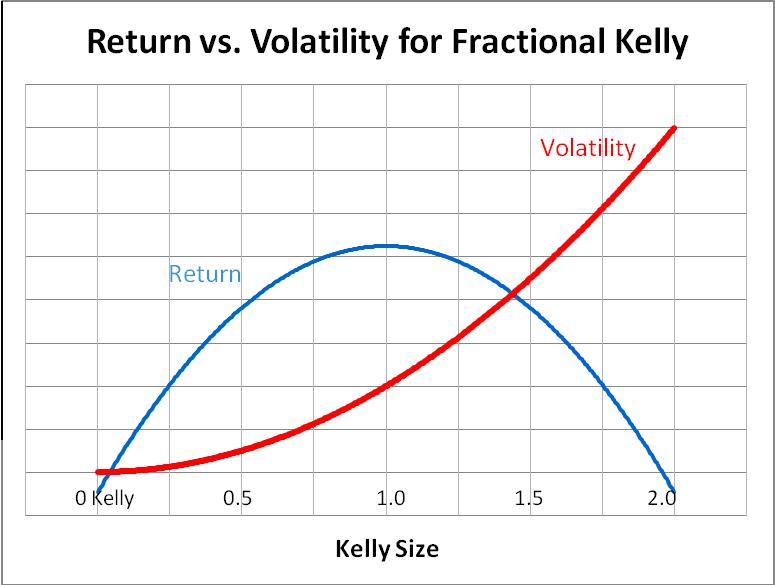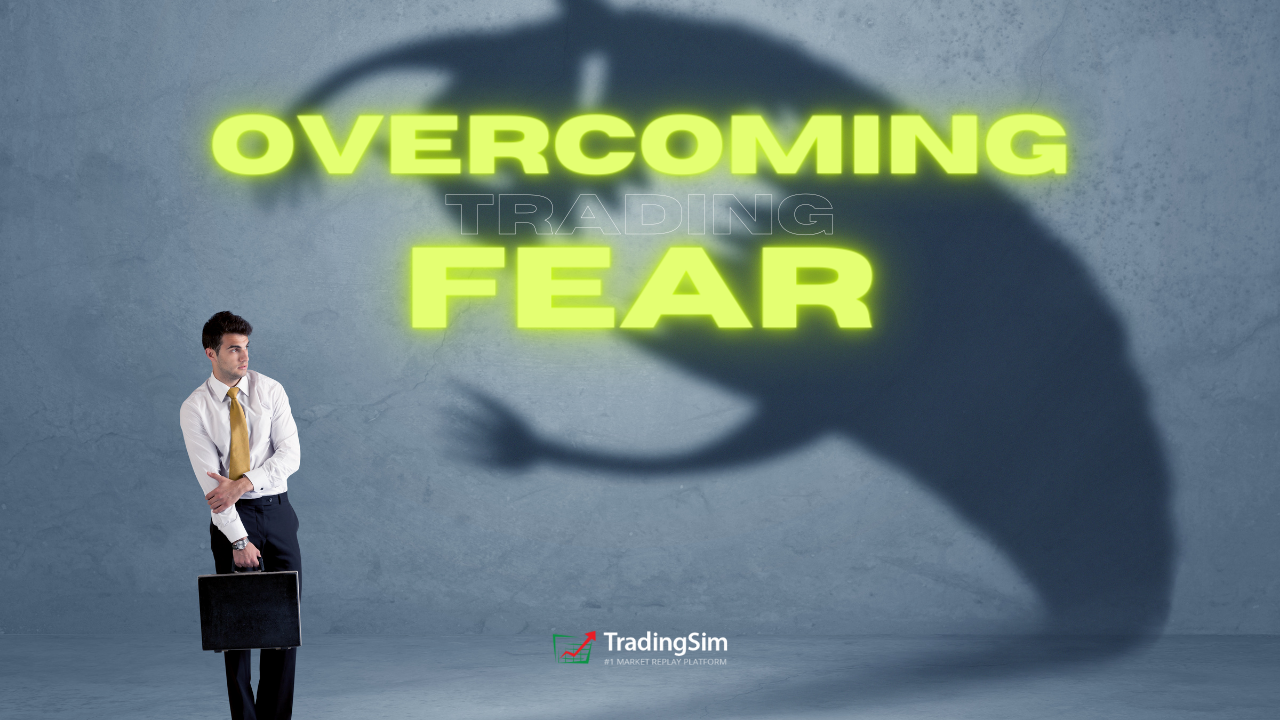
Whether you’re a complete newbie or you’ve been trading for some time, you have likely experienced fear and other emotions while trading. If you haven’t, you might be robot. It’s natural to experience these things because we are human and subject to the pulls of the flesh. In this post, we’ll uncover 5 ways you can overcome fear and emotions in trading.
The Root of Fear and Emotional Problems in Trading
As humans, we are naturally predisposed for certain emotions. Psychologists often label these with cute labels like scarcity bias or one of a myriad of other biases. To them, we are subject to the habits ingrained in our dna.
For example, we are prone to think as humans that if we don’t store up for hard times, we might not have enough to get through the winter, or drought, or famine, or whatever. As our ancestors were more agrarian than we are today, we have a tendency to associate other aspects of our lives with similar biases — like trading profits instead of crops.
In a similar way, if we suffer loss, we are likely to take what little gains we come across more quickly the next time. Think about losing a girlfriend, or a loved one. It may traumatize you to the point that you want to “cling” to the next potential suitor more tightly than the last.
Unfortunately, the very thing that we are wired for can often times sabotage our intended outcomes. By clinging to the next lover too closely, we might actually push them away.
It’s not different in trading.
If we suffer a few debilitating losses, we are wont to “cling” to whatever gains we have the next time. The end result is that we cling to our profits too quickly and thereby continue “pushing” our lovers (potential gains) further and further away.
How to Fix the Issue of Fear and Emotions in Trading
Well, it isn’t as easy as one might think. It’s often quite painful actually. However, the antidote is often in the sickness itself — much like any disease.
Think about it this way. To become immune to something, what has to happen? Exactly, you have to get sick. You have to be exposed to something repeatedly in order for your body to build up immunity to it. It’s like this with viruses, bacteria, cold weather, callouses on our hands, etc.

The goal is to normalize the pain in an effort to make more sound decisions. In the case of the clingy boyfriend, the loss of your lovers will eventually teach you to let go a bit and give them some space. Jealousy is the cure for itself.
Trading losses will over time cure your habit of fear in one of two ways:
- It will teach you that your fears are irrational with enough experience.
- You will eventually find another line of work once your capital is completely expended.
One way or another, you’ll learn that fear isn’t profitable.
That being said, there are a handful of ways to proactively train yourself to mitigate the fears associated with trading.
1. Mitigating Fear and Emotion in Trading through Education
We humans have a big ego. Whether we realize it or not, we think we can jump right into something we know nothing about and become an overnight expert. Just like the little kid who sees his dad wielding a sledge hammer with ease, we think we can pick it up and do the same thing. “Go ahead, son….”
Little do we realize that more often than not, when we think we know something, we actually understand very little.
This is where education can help. Often times, awareness is the beginning of our enlightenment and path toward freedom. In trading, this can come through the help of books, courses, or free online content.

The great thing about pretty much any line of work is that usually someone has gone before us and made the mistakes. Not only have they made the mistakes, but many have documented their mistakes. And in this day and age, we have information at the tips of our fingers. So, why not take advantage of that?
The more you learn about technical analysis, other traders’ successes and failures, and the many pitfalls of the human mind, the more you’ll be prepared to face your own demons. We discuss a lot of topics in our blog here at TradingSim.com, but there are a ton of free resources on the web to help you as well.
2. Learn and Master a Single Strategy to Overcome Fear
Prop trading guru Mike Bellafiore is famous for teaching his traders to make “one good trade.” That’s all it really takes to get rich in trading. It’s so important, he framed it and hung it inside the prop firm.

Mastering a single strategy is a lot like getting married. You learn more about a person when you marry them, live with them day in and day out, commit to them for the long haul. Traders who don’t commit to a single setup often times suffer from “style drift.” Eventually, they begin to doubt their ability to succeed at trading.
Like a fickle relationship, they give up on the strategy when it isn’t doing well for them.
The problem with this, just like in relationships, is that you never find a deeper understanding of the strategy. You only stick around during the good times. But like life, the good and the bad always ebb and flow. Instead of becoming a master at something, you become mediocre at a lot of things.
Adapting with the Changes of the Market
Mastering a strategy isn’t an excuse for ignoring other opportunities for success, or variations to your strategy. It is simply an opportunity to reduce the amount of fear you have through deep familiarity.
By all means, study another strategy once you have mastered one. But understand that true confidence comes through mastery, and that can only be had through focus. It won’t come from mimicking another trader, or following an alert service.
It only comes from mastering something so well you could do it with one hand tied behind your back. (Assuming you could click the buy and sell button with the other hand….)
3. Practice Trading to Increase Confidence and Eliminate Fear
Practicing trading is akin to back-testing. Both have their place along the path to confidence in trading. There are two reasons for this.
- Practicing trading builds situational awareness and pattern recognition
- Back-testing (and outcome testing) provide statistical evidence of an edge
Both of these are the ingredients you need in order to eliminate fear. Why? Because you no longer have uncertainty about your edge probabilities.
We discuss how to find an edge in other posts, but suffice it to say that you need one in order to mitigate fear of trading. As humans, we want certainty in life. We want a paycheck. We want to know we’ll have food on the table, a roof over our head, etc.
“When you achieve complete acceptance of the uncertainty of each edge and the uniqueness of each moment, your frustration with trading will end.”
Mark Douglas
Trading is never certain. Period. Accept it.
Acceptance of the Risk Eliminates Fear and Emotions in Trading
An edge is a probable outcome that favors you over time. It doesn’t mean you’ll never suffer losses. Sometimes the best traders lose many more times than they win. However, they understand that their wins will far exceed the small losses that they take.
It’s all a game of risk management and knowing the outcome will take care of itself over time.
Without accepting the risk involved, or knowing the statistical edge you have, you’ll remain mired in fear. You’ll take losses much bigger than you need to, and you’ll take profits much sooner than you want. It’s that simple.
Practice trading in order to train your mind and develop your statistical edge.
4. Start with Smaller Size to Decrease your Anxiety in Trading
Improper sizing is often the #1 culprit for destroying your account. It’s true. You want success so badly that you think you’ll get there faster if you just “size up.”
Ironically, the very thing you want becomes your Achilles heal. It’s like the old adage of wanting to run before you walk. You have to start slow and incrementally increase your size as your account, consistency, and most importantly, knowledge, begin to grow.
In a recent SimCast interview, we spoke with Kris Verma about how he uses the Kelly Criteria to properly calculate a position or stake. If you haven’t had a watch, it’s really eye opening.
But whether you use an R factor for your positioning, or calculate a 1% account stop loss for your stake, the more you respect this, the more you’ll overcome fear.
Size up too much and the volatility of your account becomes too big for your emotions to handle, as shown in this chart:

As you can see, as you increase your Kelly stake from a full “1.0” size, the more your returns diminish and your volatility increases. Take the goldilocks approach and start out conservative. Prove to yourself the right to earn more size based upon your back tested data and performance consistency.
For a basic formula to calculate your Kelly Criteria, click on Kris’s free spreadsheet:
https://docs.google.com/spreadsheets/d/1jWOosTftcxuqmcPE8IbzrcyGJYykIye3OeYAFSZHkyQ/edit#gid=0
5. Trust Yourself. Let the Game Teach You to Overcome Fear and Emotions in Trading
This sounds simple, but it’s not. As a new trader you’re going to have your eyes all over the place: on twitter, on a guru, in a chat room, on your charts, etc. The best place to have your eyes is on the market and on yourself.
Learn to trust your personality. Trade in sync with it. If you need fast gains, then maybe scalping is your jam. If you are a slower mover who needs big wins, then maybe swing trading or longer day trades will work for you.
Whatever your personality, fine tune it with what the market is telling you. It’s ok to study gurus in your spare time, in fact it is recommended, but allow the market to teach you in real time or in simulation. You’ll be amazed at how much more confident you become when you stop the distractions and get a “feel” for the market.

To that end, you must eventually trust your trading instincts. By this, we don’t mean your whimsical guesses. No, when your education is complete, and your practice is sound, you will have confidence in your own ability to read the market.
Be in tune with it, and trust yourself.
Conclusion
If you find yourself struggling with fear and emotions in trading, by all means do something about it. Realize this is a long game, not a short game. Learn to enjoy the process of education and mastery. Many of the most successful traders took 5-10 years before they ever began making wealth in the markets.
To help along your journey, jump into the simulator here at TradingSim and find your confidence!




